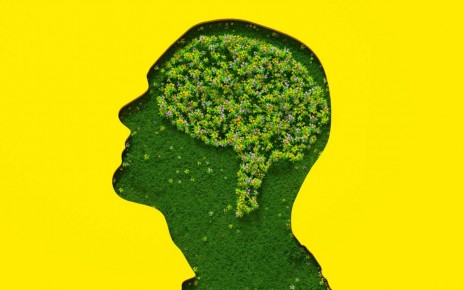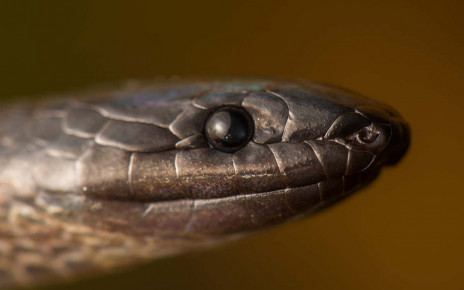[ad_1]
A Javan slow loris at an illegal animal market in Jakarta, Indonesia Reynold Sumayku/Alamy
Bats, primates and other mammals used in the wildlife trade play host to three quarters of infectious diseases capable of spilling over from animals to humans. Just a quarter of the traded species can carry such zoonotic viruses.
Conservationists say the finding, the first detailed global look at pathogens in traded mammals, highlights ways to target high-risk traded species to reduce the chance of future pandemics. The World Health Organization considers one possible origin for covid-19 a wildlife market in the Chinese city of Huanan.
Most past research in this area has assessed disease risk by looking at the frequency with which animals are being traded. Instead, a US-India team took an existing dataset on mammals that are a reservoir for known zoonotic viruses, supplemented it with scientific literature and then married it with a database of whether animals are in the wildlife trade or not.
They found that 26.5 per cent of traded mammals carry 75 per cent of known zoonotic viruses. By comparison, domesticated mammals carry 51.7 per cent of known zoonotic viruses and non-traded ones 64.2 per cent. The biggest disease risk among traded species was from primates, bats, carnivores and hoofed animals known as ungulates.
“I think the outcome is fairly alarming,” says one of the researchers, Joseph Kiesecker at the Nature Conservancy, a US non-profit. The analysis suggests marsupials will join the high-risk list in the future, based on which animals are traded today and how they are expected to decline and potentially be substituted with other animals in future.
The results do not mean an outright ban on wildlife trade is possible or even desirable, given that may drive such trade underground and deprive people who rely on it for food of an important source of protein, says Kiesecker. “What it shows though is that viruses are not equally distributed across all critters, so we can target those species that are known to carry more viruses,” he says. “You can be finer scale on how you focus restrictions.”
One caveat is a possible bias in sampling. More individuals per species are tested for disease in traded and domesticated mammals, compared to non-traded mammals.
“We need to learn whether these species can actually transmit the viruses with which they’re infected, and we need to get better at finding the original source hosts,” says Felicia Keesing at Bard College in New York, who was not involved in the research. “It’s quite possible that many of these hosts were accidentally infected by contact with people,” she says.
Journal reference: Current Biology, DOI: 10.1016/j.cub.2021.06.006
Sign up for Wild Wild Life, a free monthly newsletter celebrating the diversity and science of animals, plants and Earth’s other weird and wonderful inhabitants
More on these topics:
[ad_2]
Source link




